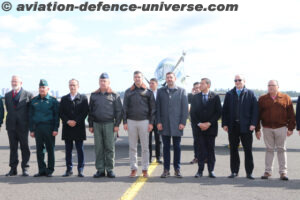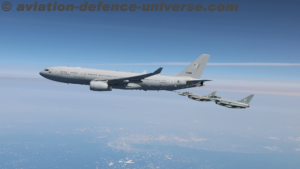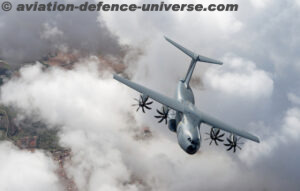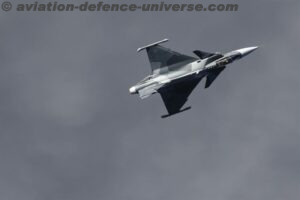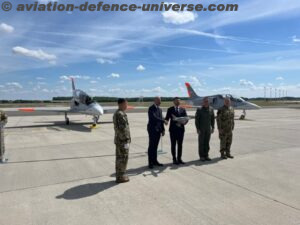Coalition forces from US, UK, Canada and Australia train together in distributed, integrated live-virtual-constructive (LVC) exercise
Montreal, Canada. 14 September 2016. CAE recently supported both the Royal Canadian Air Force (RCAF) and Royal Australian Air Force (RAAF) as they participated in Coalition Virtual Flag 16 (CVF16), one of the world’s largest virtual air combat exercises.
Hosted by the United States Air Force, CVF16 took place in mid-August so that simulated aircraft could participate in the joint, multi-national air combat training exercise. Aircrews from the United States, United Kingdom, Australia, and Canada participated.
“These kinds of distributed mission training exercises, often involving both live and virtual assets, are becoming more critical as militaries and coalition partners look to cost-effectively prepare for operations and maintain readiness,” said Gene Colabatistto, CAE’s Group President, Defence & Security. “CAE brings a great deal of expertise and experience as a training systems integrator to help enable defence forces to conduct distributed mission operations and increasingly leverage more virtual training as part of these exercises.”
CAE assisted the RCAF’s 426 Squadron at 8 Wing Trenton and the Canadian Forces Air Warfare Centre (CFAWC) in the preparation, planning and execution of the RCAF’s participation in CVF16. The RCAF’s 426 Squadron flew a CAE-built CC-130J full-mission simulator as part of the exercise where the RCAF had responsibility for performing a range of airland and airdrop missions, including the insertion of Special Operations Forces (SOF) assets. CAE’s computer-generated forces software provided added realism by generating numerous enemy virtual threats, such as SU-27 fighters and ground-based surface-to-air missiles, as well as a range of friendly forces. In total, CAE’s simulation software provided more than 2,000 computer-generated constructive and virtual entities in the synthetic environment.
“Our participation in Coalition Virtual Flag was highly relevant and proved that these type of distributed virtual exercises provide valuable tactical training at the basic and advanced levels,” said Captain Jason Danyluk, CC-130J pilot and CVF mission lead for the RCAF. “We look forward to our continued participation in Coalition Virtual Flag exercises and exploring the various training opportunities this level of simulation can provide to the RCAF and our allies.”
The RAAF’s CAE-built C-130J full-flight mission simulator (FFMS) along with a C-130J tactical airlift crew trainer (TACT), both located at RAAF Base Richmond in New South Wales, took part in CVF16. CAE supported the integration, networking and testing of the FFMS and TACT into the Coalition Virtual Flag exercise.


































